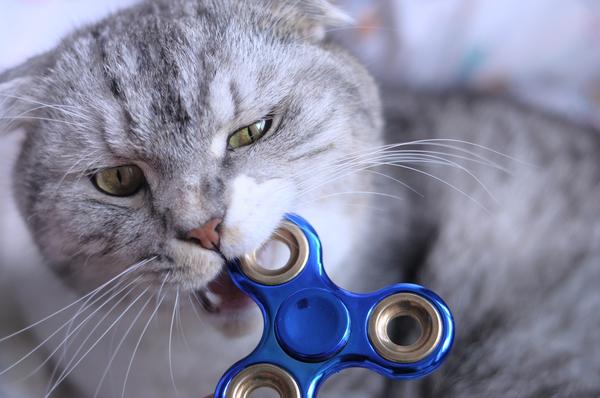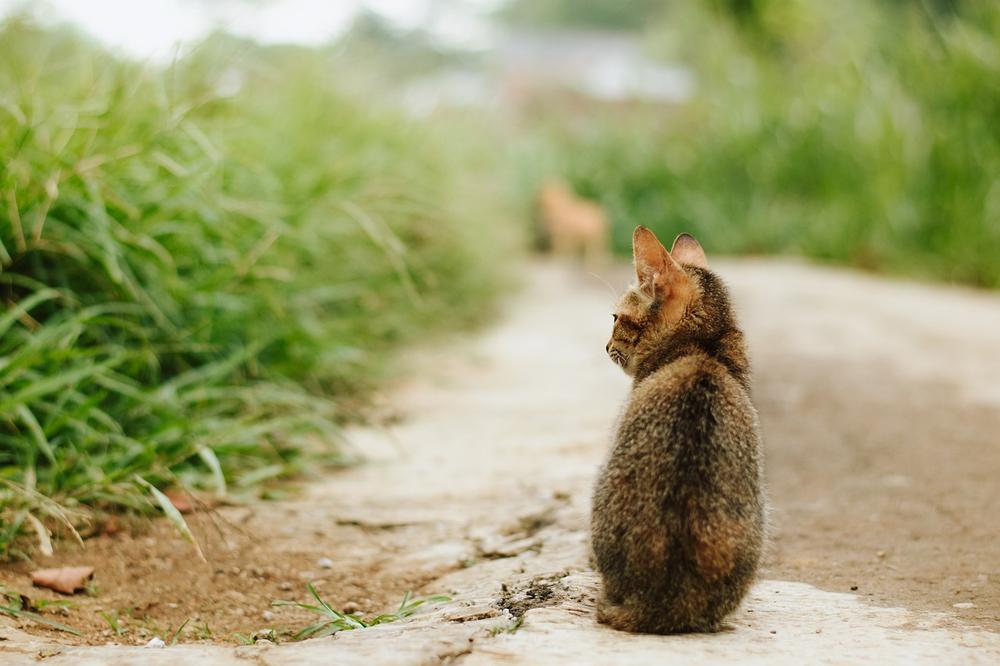Cat Biting Other Cats Necks (Why the Heck Do They Do That)?

Can I be honest with you?
Visualize this:
Your home has turned into a war zone, with cats fighting and biting each other's necks. 😼
It's a living nightmare, right?
Well, not addressing this aggressive behavior can have serious consequences.
But don't worry, I've got a solution for you.
Let's get started!
The Main Reasons Cats Bite Each Other’s Necks
Hey cat lovers, let's talk neck biting among our furry friends. 😺
- Communication: Cats use neck biting as a way to communicate with each other. It can signal playfulness or dominance, depending on the context. So, pay attention to other behaviors and body language to understand what your cats are trying to convey.
- Social Hierarchy: Establishing dominance is crucial in multicat households. Neck biting is one way cats establish their place in the social hierarchy. It helps maintain order and reduce conflicts between cats.
- Affection and Love: Believe it or not, neck biting can also be an expression of love and affection. Some cats may gently nibble each other's necks as a display of their bond. It's like their version of a sweet hug!
- Imitating Behaviors: Kittens often playfully bite necks to imitate hunting or other cat behaviors they observe in their peers. It's their way of learning and practicing essential social and hunting skills for adulthood.
- Prey Instincts: Hunting instincts drive cats to immobilize their prey by biting the neck. This behavior is especially prominent in younger cats as they hone their predator skills. It's a natural part of their development.
But remember, aggressive biting may indicate underlying medical issues or emotional distress. If you notice excessive or aggressive neck biting, consult with your veterinarian to rule out any health concerns.
Understanding neck biting can help us better comprehend cat behavior and strengthen our bond with these fascinating creatures.
Main points I'll expand upon further down this article:
- Give cats space and provide plenty of playtime, toys, and stimulation.
- Implement a curfew to prevent fights with neighborhood cats.
- Redirect or distract cats with toys instead of using punishment.
- Use timeouts in a locked room to discourage aggressive behavior.
- Consider getting both cats sterilized to reduce aggression and territorial behavior.
- Provide separate necessities like food bowls and litter boxes for each cat.
- Create private areas where cats can relax alone to reduce tension.
- Consult a vet if aggressive biting persists to check for underlying health issues.
- Understand that male cats may bite the female's neck during mating.
- Be aware of changes in the household or neighborhood that may cause increased aggression.
But what can you do if your cats are exhibiting aggressive biting behavior?
Well, I've got some practical solutions for you!
How to Stop Cat From Biting Other Cat’s Neck
Give each cat their own space and necessities
If you have multiple cats, you ought to provide each of them with their own space and things they need.
Make sure they each have their own food bowl, water bowl, and litter box.
Cats are territorial creatures, so giving them their own individual areas helps prevent conflicts and fights.
Provide plenty of playtime and stimulation
If your cats are biting each other because they're bored or frustrated, give them lots of playtime and things to keep them busy. Play interactive games with them using toys or puzzles. Make sure they have scratching posts and climbing trees to satisfy their needs.
Redirect and distract, instead of punishing
Instead of punishing your cat when they bite, try redirecting their attention to something else, like a toy or activity.
Use a timeout strategy by gently putting them in a separate room for a few minutes to discourage the behavior.
Consider getting both cats sterilized
If biting continues even after trying other methods, consider having both cats sterilized.
This can help reduce aggression and territorial behaviors, lowering the chances of biting incidents.
Create private areas for relaxation
Create cozy spots or beds for each cat where they can relax alone whenever they want.
Having their own private spaces will help reduce tension and stress.
Consult a vet for underlying health issues
If none of these strategies work, consult a vet to check for any underlying health problems causing the biting behavior.
Sometimes, cats bite due to pain or discomfort, and addressing those issues can resolve the problem.
What Does It Mean When a Male Cat Bites a Female Cat’s Neck?
During mating, male cats use neck biting to hold the female still and safe.
This behavior extends to both intact and fixed cats, who may display dominance or derive pleasure from it. By biting the female's neck, males imitate breeding posture and behavior without causing harm. It's a clever way for them to ensure their own safety while engaging in this primal act. So if you ever observe your feline companions engaging in such behavior, rest assured that they are simply following their instincts and displaying a natural part of their behavior.
But did you know that the intriguing behavior of female cats attacking males after mating also has its own fascinating reasons? If you're curious to uncover the secrets behind this post-mating aggression, I welcome you to explore my informative blog post: Why Do Female Cats Attack Males After Mating.
There, you'll find in-depth explanations that shed light on this peculiar behavior, offering you a deeper understanding of these feline dynamics.
Discover the hidden motivations and unravel the mysteries that lie within the intricate world of cat behavior.
When Neck-Biting Is Problematic
When it comes to neck biting in cats, here are 11 things you need to know:
- Adult cats may occasionally turn and bite during calm interactions.
- This behavior could signal a behavioral or medical issue.
- Changes in the household can contribute to increased aggression.
- Family dynamics and neighborhood changes can also play a role.
- Identify triggers and create safe spaces for cats involved in biting incidents.
- Excessive aggression and injuries require intervention.
- Sudden aggressive behavior, including neck biting, may indicate an underlying medical condition.
- Schedule a vet appointment if necessary.
- The cat doing the biting may not exhibit this behavior toward other cats in the house.
- If no harm is done to other cats, it may not be a major concern.
- Observe closely and seek professional advice if needed.
Understanding your cat's behavior is key to maintaining a harmonious home for everyone. 🐱
And it gets better...
There are specific signs and cues you can look out for to understand your cat's behavior even further.
By paying attention to their body language and vocalizations, you can intervene before fights escalate.
Ready to discover the secrets behind your feline friend's communication?
Keep reading to find out!
How to Know if My Cats Are Fighting or Playing
If you want to know if your cats are fighting or playing, pay close attention to these signs:
- Look at their body language: If their fur is puffed up, their back is arched, and their tail is stiff, they're probably being aggressive. But if their bodies look relaxed and they move around playfully, they're just having a good time.
- Listen to their vocalizations: Aggression is indicated by growling, hissing, and intense meowing. In playful situations, you might hear some friendly chirping or other pleasant sounds.
- Notice if they engage in neck biting: It's normal for cats to do this when they playfight because it helps them develop social skills and learn boundaries. However, it should never turn into a serious fight.
- Ensure there's no negative aggressive behavior: When they're playing, they shouldn't scratch or bite each other in a harmful way. That's not cool.
- If things get out of hand, intervene wisely: If their play escalates into aggression, distract them with toys or make a loud noise to redirect their attention.
You need to understand your cat's behavior for their well-being.

So keep an eye on them and step in when needed to keep them safe and happy.
And that wraps up today's article.
If you wish to read more of my useful articles, I recommend you check out some of these: Why Do Cats Purr, Do Cats Purr When Stressed, Why Cat Keeps Meowing at Door, Why Is My Cat Bullying My Dog, and My Cat Is Aggressive Towards Guests
Talk soon,
-Sarah Davis